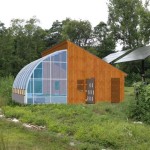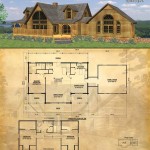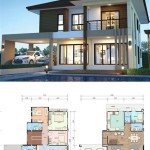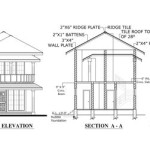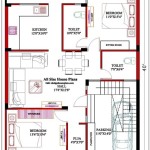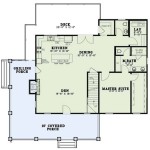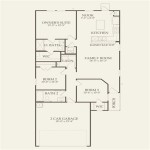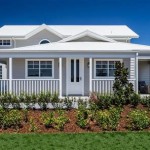Essential Aspects of China House Plans Designs
China's rich architectural history and cultural traditions have profoundly influenced the design of Chinese houses. From traditional courtyard houses to modern skyscrapers, Chinese house plans embody a unique blend of aesthetics, functionality, and symbolic meanings. Understanding the essential aspects of China house plans designs is crucial for appreciating their significance and creating harmonious and practical living spaces.
Symmetry and Balance
Symmetry is a fundamental principle in Chinese architecture, particularly in house plans. The layout often follows a central axis, with symmetrical wings and entrances. This symmetrical arrangement creates a sense of balance, harmony, and order, reflecting the Chinese philosophy of yin and yang.
Courtyard Houses
Traditional Chinese houses often incorporate courtyards, which are enclosed spaces within the building. Courtyards serve multiple purposes: they provide natural light and ventilation, create a private outdoor area, and facilitate the flow of qi (life energy) throughout the house. The size and design of the courtyard vary depending on the region and cultural preferences.
Feng Shui Considerations
Feng shui is a traditional Chinese practice that emphasizes the harmonious flow of qi in a space. Chinese house plans often incorporate feng shui principles, such as the orientation of the house, the placement of doors and windows, and the use of specific materials and colors. These elements are believed to influence the health, prosperity, and overall well-being of the occupants.
Roof Styles
Chinese houses exhibit a wide variety of roof styles, each with its own symbolic meaning. The most common type of roof is the curved tile roof, which is believed to resemble the back of a dragon. Other roof styles include the hip-and-gable roof, the mono-pitched roof, and the butterfly roof. The choice of roof style often depends on the region and the social status of the occupants.
Decorative Elements
Chinese house plans incorporate a wealth of decorative elements that enhance their visual appeal and symbolic significance. These elements include intricate carvings, colorful tiles, decorative gables, and auspicious motifs. The use of these elements reflects the Chinese belief in the power of symbolism and the desire to create a harmonious and aesthetically pleasing living environment.
Modern Adaptations
While traditional Chinese house plans continue to inspire contemporary architecture, modern Chinese house designs often incorporate adaptations to meet the needs of modern lifestyles. These adaptations include the use of modern materials, open floor plans, and energy-efficient features. However, even in modern designs, the essential principles of symmetry, balance, and feng shui are often evident, ensuring that Chinese house plans remain rooted in their cultural heritage.

A Traditional And Simple Chinese Home Design Guo Donghai Yan Linglin Archdaily

Chinese House Design Village Courtyard Plans

16 China House Ideas Design Small

Plan Of The Typical Standard Three Courtyard House Beijing Drawing Scientific Diagram

Creating A Traditional Chinese House Live Home 3d

Image Result For Traditional Building Floor Plan Chinese Courtyard House Plans

Chinese Villa Wuxi Dsayo Technologe Co Ltd
How To Build A Traditional Chinese House Quora

Creating A Traditional Chinese House Live Home 3d

Floor Plans Honey Lake House 58 Shehen Guangdong China The Pinnacle List

